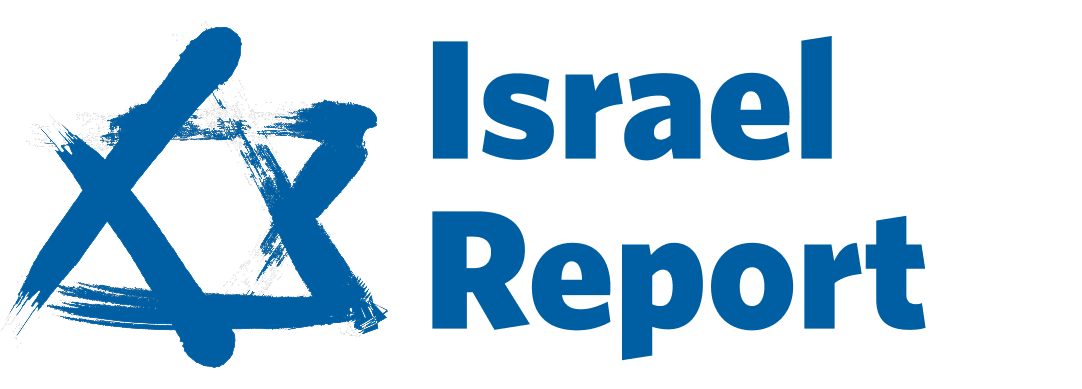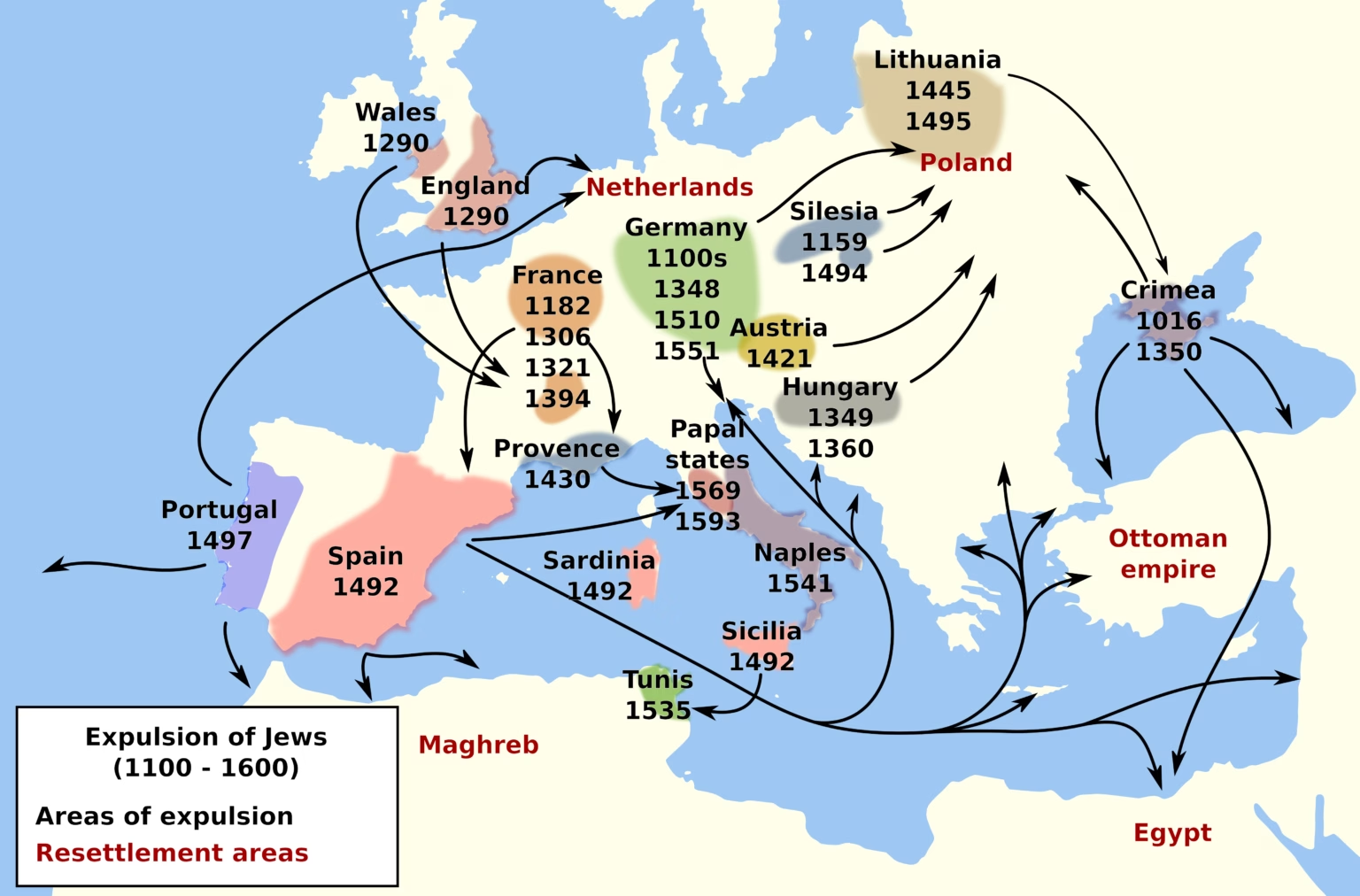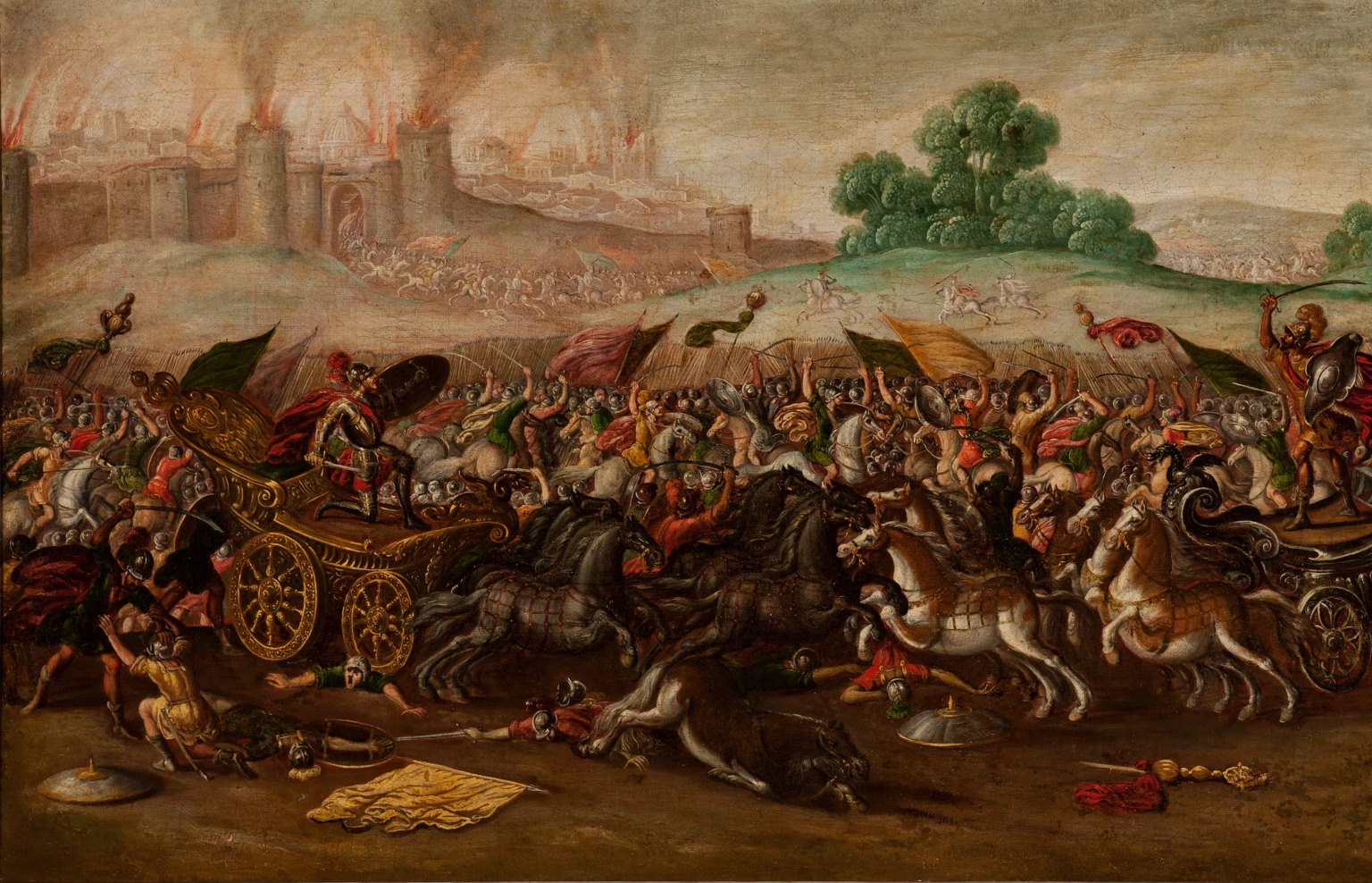Showbread – food of the priests
The twelve cakes of showbread in the tabernacle, placed on the gilded table in the Lord’s presence every Sabbath were afterwards to be eaten by Aaron and his sons in the holy place as part of the Lord’s offering made by fire.
![Timna-park-tabernacle-schaubrote-tisch[33]](https://www.israelreport.org/wp-content/uploads/2023/01/Timna-park-tabernacle-schaubrote-tisch33-scaled.jpg)
In Timna Park in southern Israel there is a full-scale model of the tabernacle. The picture shows the showbread on the gilded table. Photo: Martin Boesch
The expression “showbread” refers to the cakes of bread originally placed in the tabernacle, which Moses was commanded to erect when the people of Israel were at Mount Sinai. The showbread is mentioned for the first time in Exodus 25:30: “You shall always have showbread on the table before my face”. A literal translation is “the bread of the face” or “Bread of the Presence”. The twelve loaves of shewbread are also a representation of the twelve tribes of Israel which were before the face of God.
These loaves later appear in the temple in Jerusalem as a sacrifice to God. In the Bible, the Pentateuch (five books of Moses), the books of Samuel, Kings, Chronicles and Nehemiah all mention showbread in both the tabernacle and in the temple, but they are also mentioned by Jesus in the Gospels and the writer of the book of Hebrews.
There were twelve cakes of bread placed each Sabbath in the tabernacle in two rows “on the gilded table before the Lord” and which were then to be eaten by the High Priest Aaron and his sons in the holy place as part of the Lord’s offering made by fire. Leviticus 24:5-9.
David ate the showbread
David asked Ahimelech the priest (1 Samuel 21) for the loaves that had lain before the Lord’s face, but which had been routinely taken away to be replaced by freshly baked bread the same day.
Jesus uses this story to defend his disciples who, on the Sabbath, became hungry and began plucking grain in the cornfields to eat. Jesus said to the Pharisees: “Have you not read what David did when he and his men were hungry? He entered the house of God, and they ate the consecrated bread — which was not lawful for them to do, but only for the priests.”
1 Maccabees 1:20-23 (Apocrypha) describes how “a sinful root, Antiochus Epiphanes” went up against Israel and came to Jerusalem where he “entered arrogantly into the sanctuary, and took away the golden altar, and the candlestick of light and all its utensils. He also took the table for the bread of the presence, the cups for the drink offering, the bowls, the golden censers, the curtain, the crowns, and the gold ornamenting on the front of the temple; he removed everything. He took the silver and the gold and the costly vessels; he also took the hidden treasures that he found. He took them all and went to his own country.”
Holy Community Meal
The Jewish historian Josephus writes in his book “Jewish Antiquities” that the twelve cakes of showbread were baked without leaven the day before the Sabbath and on the Sabbath morning were brought into the temple where they were placed in two piles, rather than rows, on the holy table.
The fellowship meal depicted in the Dead Sea Scrolls of the Qumran community may have been inspired by how the priests ate the showbread in the Temple in Jerusalem, according to Professor Matthew Black.


